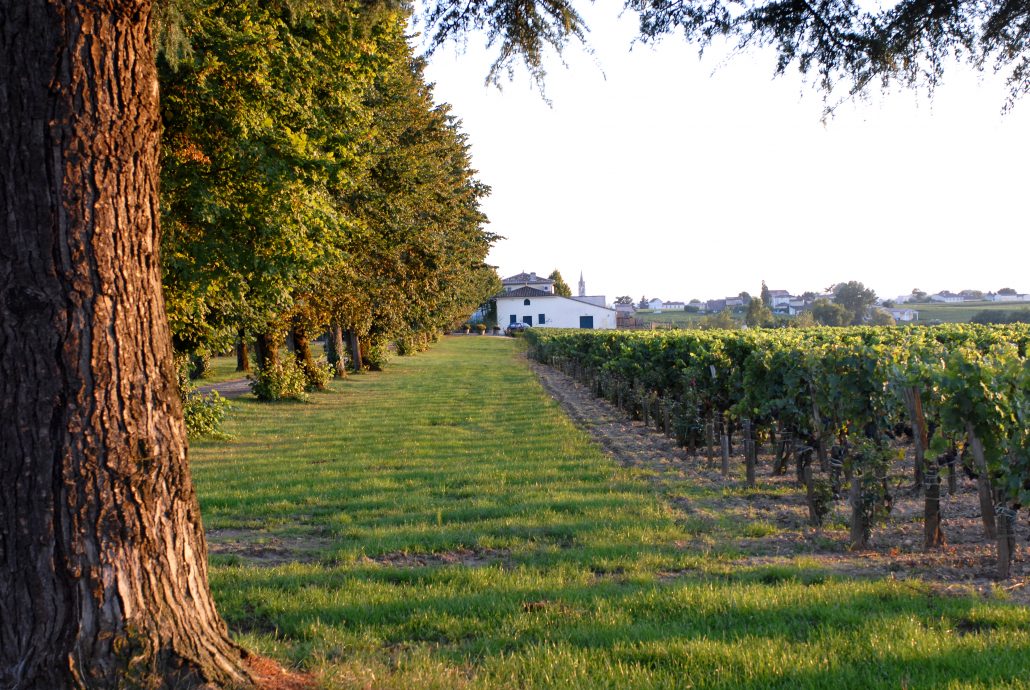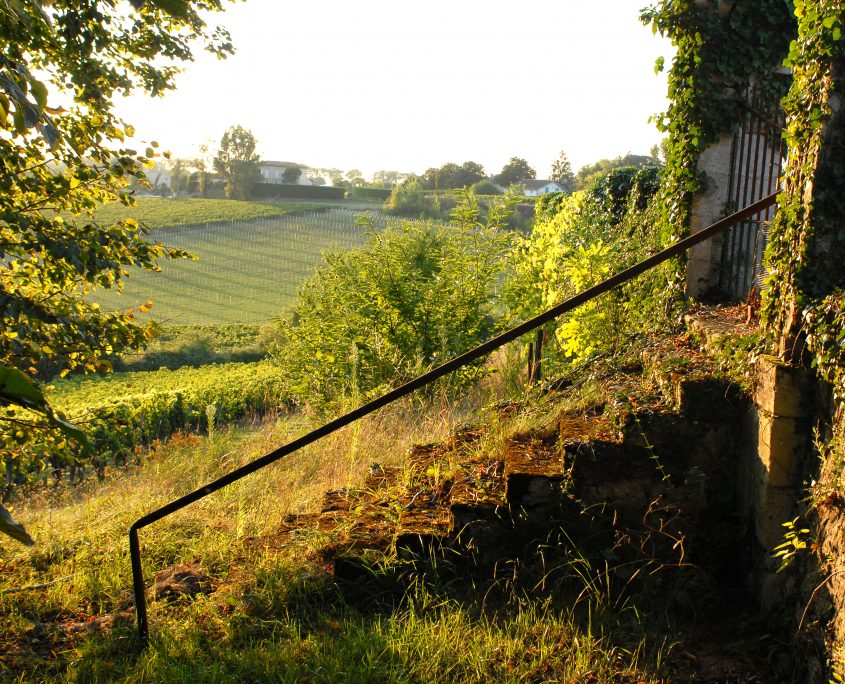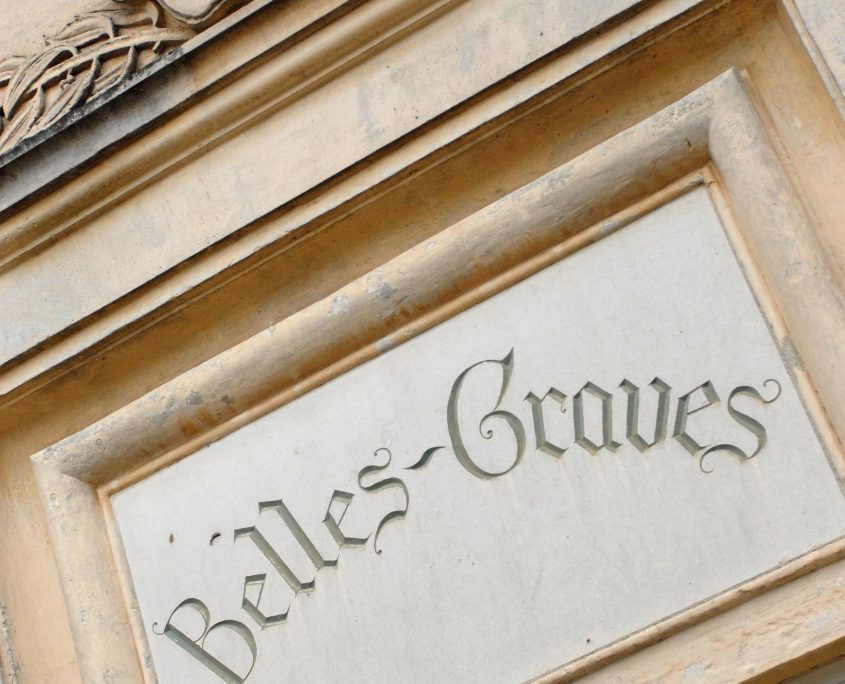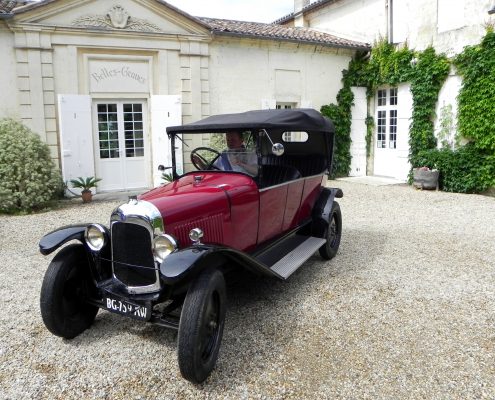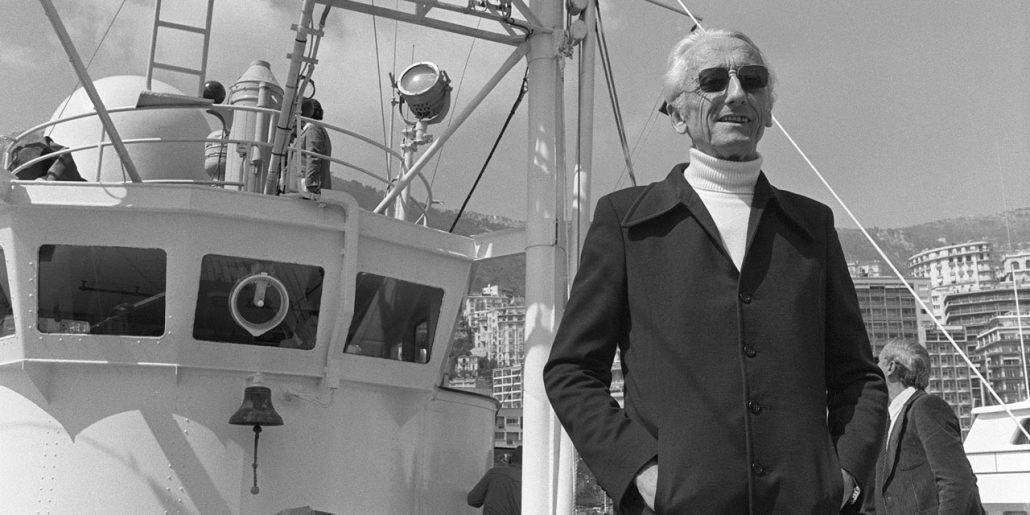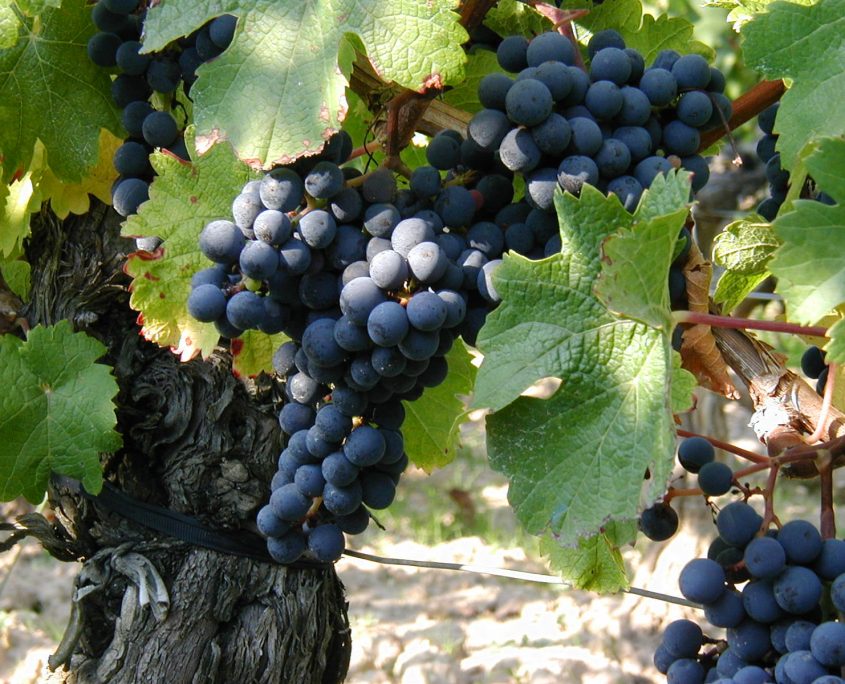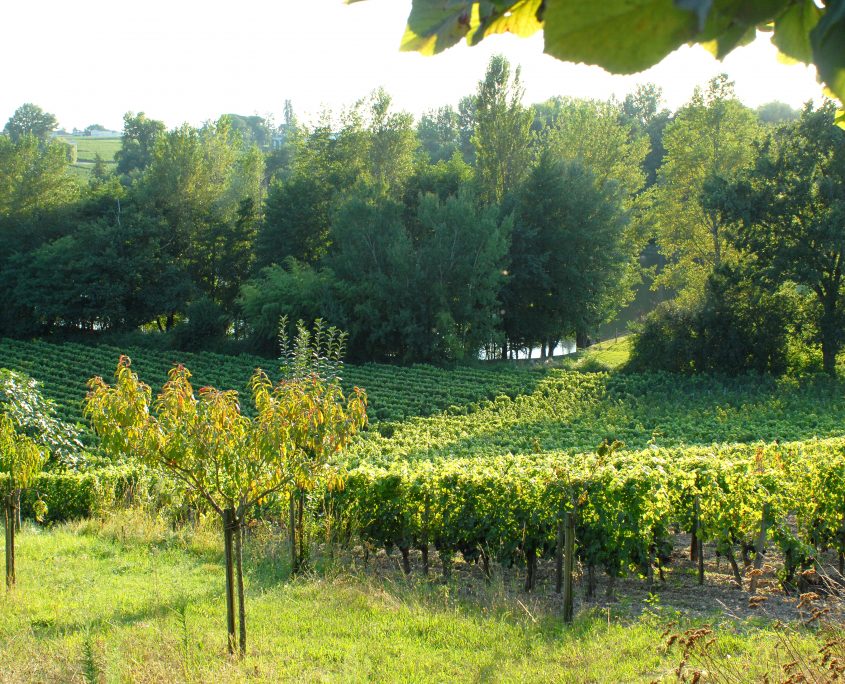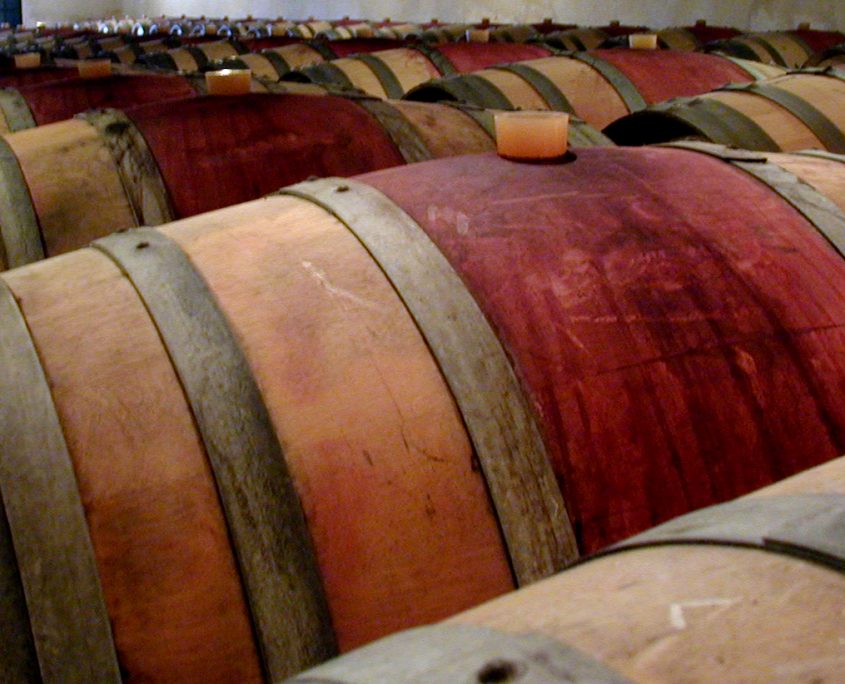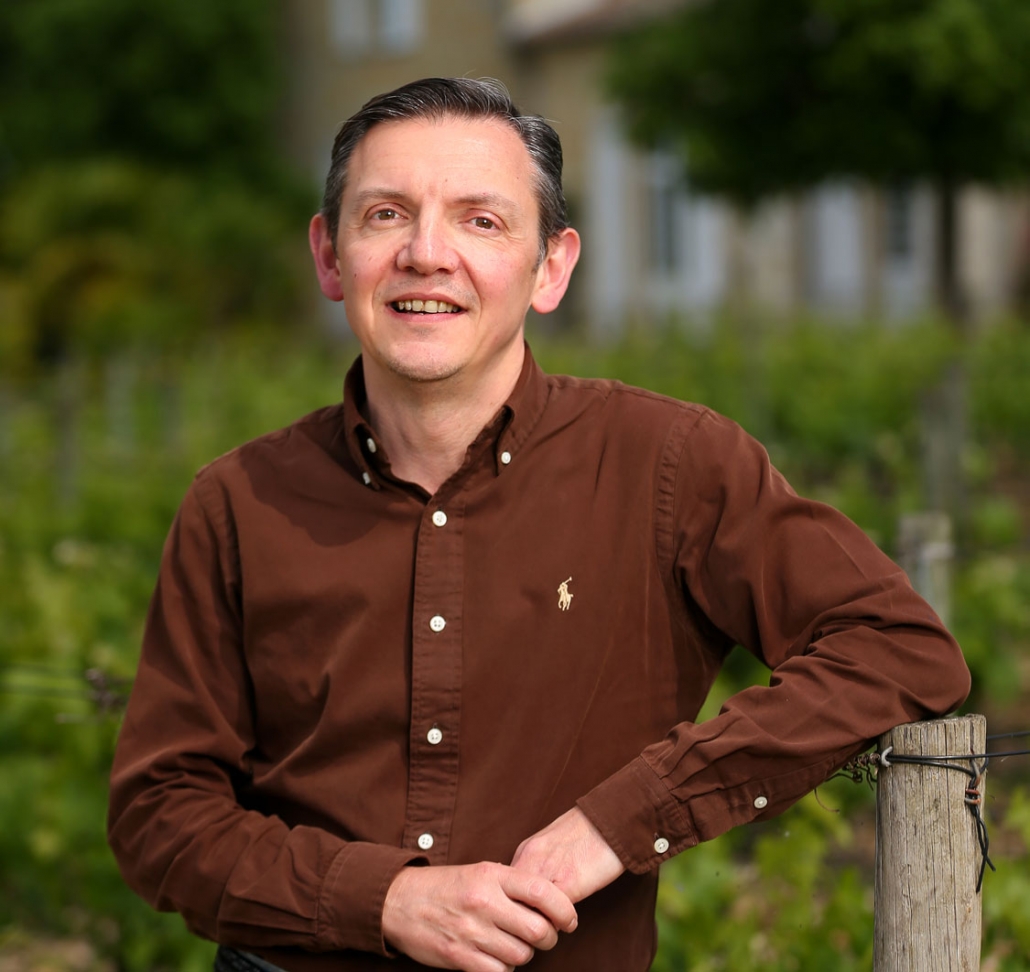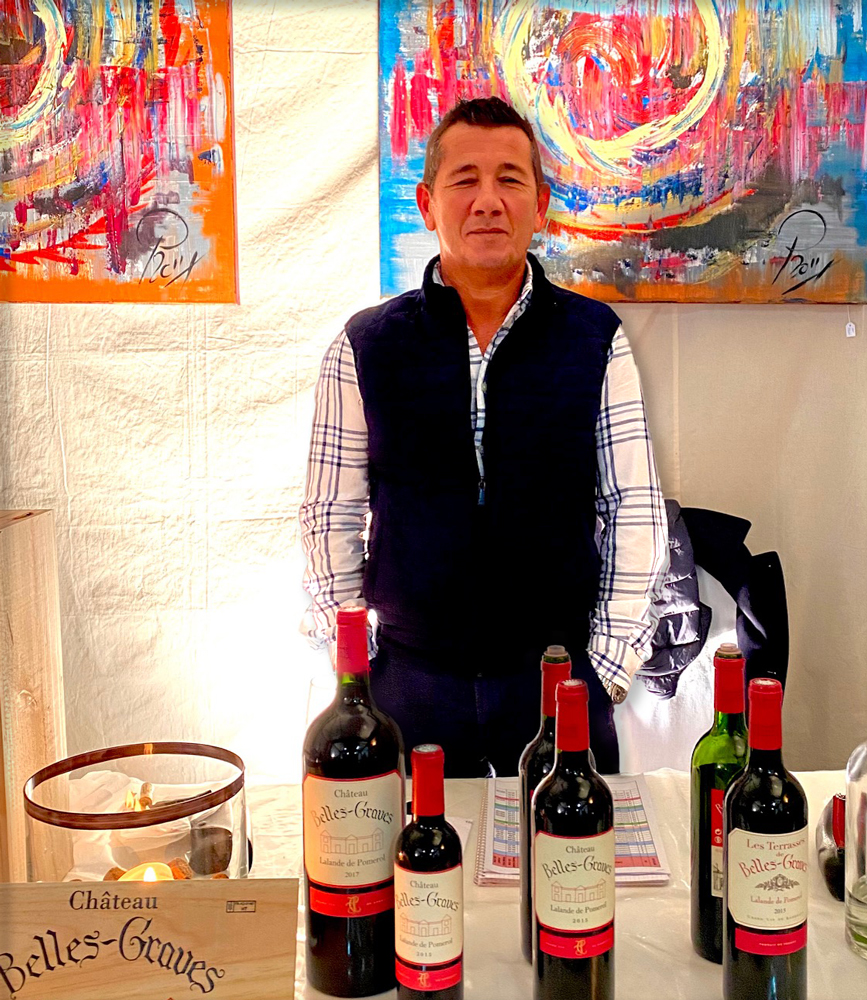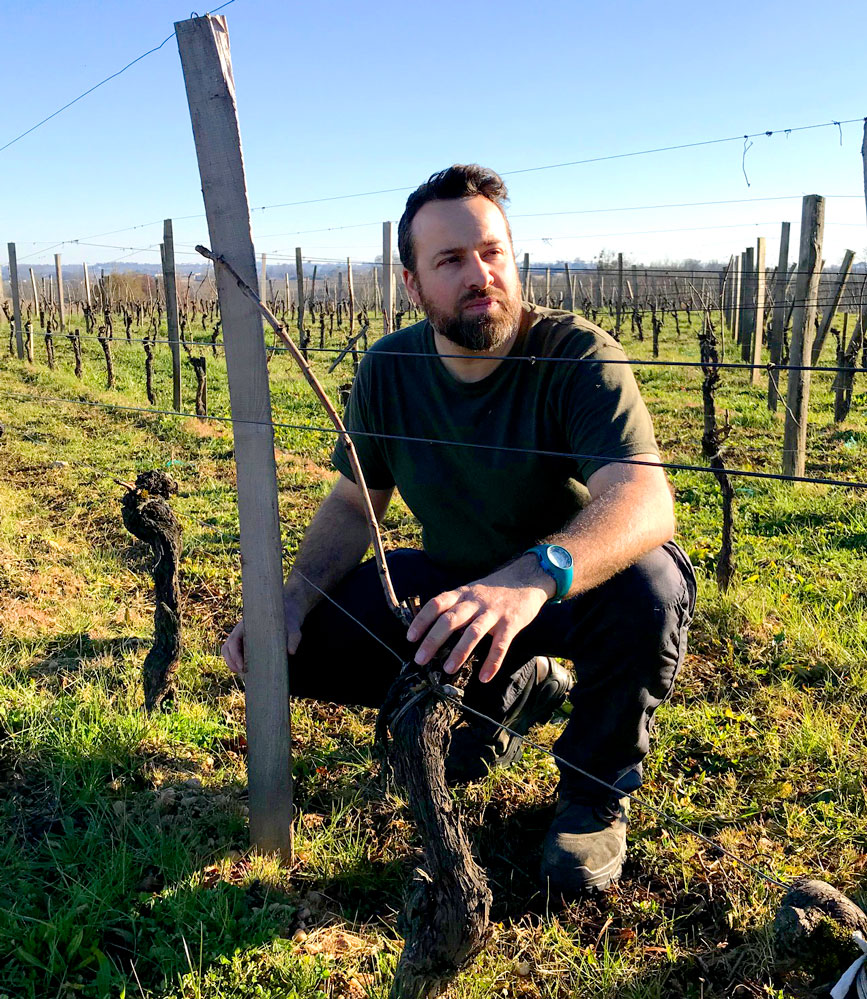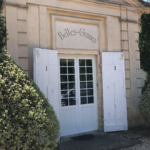Vines have been found on the slopes of the area known as Drouilleau since the middle ages, but it was only in the 18th century that the buildings we occupy today were constructed, which then took the name “Domaine de Drouilleau”.
Most of the archives of this long history have almost completely disappeared, principally because of succession and changes of ownership. Only the events of last century and half are clear to us.
A certain M. Alexandre Durand leaves the estate to his wife, who dies without having left a will and with no direct descendents, and it is her great-niece, Isabelle Merlet, wife if M. Gachassin-Lafitte who inherits in 1869. Isabelle Merlet will die in 1880 and her daughter, Gabrielle Gachassin-Lafitte, after negocialtion with the sister, inherits the entirety of the estate in 1887. She dies in 1897, leaving the estate to her husband Léonce Mauze. In April 1909, M. Mauze gives the estate to his three children to share, who sell in November of the same year to M. Elysée Absalon Clerjaud for the sum of 20 000 francs. At this time, the estate is of 10 hectares and constitutes vines, orchards, pastures and kitchen gardens. M. Clerjaud also sells the estate after a few enlargements, on the 10 November 1938 to M. Jean Theallet for 140 000 francs with a total area of 11,18 hectares.
In becoming the property of the Theallet family, who is still the owner today, the estate changes its name to become Chateau Belles-Graves.
Upon the death of Jean Theallet, it is his wife Hermine who continues the business which by this time has grown to 12 hectares. In 1973, she gives her two daughters, Marie-France Theallet and Christine Piton, joint ownership of the estate, whilst continuing management of the business itself.
In 1989, the business is put into the framework of an agricultural concern under the management of Xavier Piton, the grandson of Hermine Theallet, who continues to cultivate the vines and assures the continuation of the business. At the same time, the vineyard is increased in size by 2,5 hectares.
In 1995, the Theallet Piton Trust is created to help protect the heritage of both the winemaking and the families who run the estate. Marie-France Theallet, Christine Piton and her children Xavier Piton, Aurélien Piton and Marie-Aimée Piton are the shareholders.
In 1998, the acquisition of a further 1,75 hectares enlarges the estate further.
In 2000, renovation works begin on the chateau, whose outbuildings and workspaces have become too cramped. The reception and the offices are transferred to the former service quarters. The west wing is restored following serious damage by termites and the chambres d’hôtes are opened there in 2002.
In 2005 the final acquisition of land is made of 0,55 hectares enclosed within the vineyards of the estate which now occupies the whole hillside.



